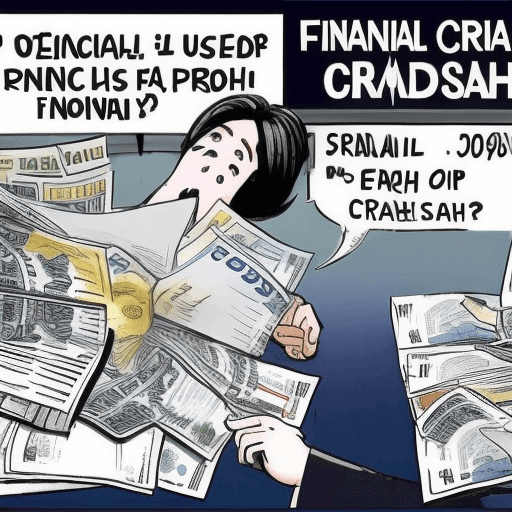There’s been a lot of buzz lately about the First Republic Bank and its recent struggles. With a staggering 65% drop in stock value, it has undoubtedly sent shockwaves throughout the banking industry. This blog post will delve into the current situation surrounding First Republic Bank, the response from major banks, and the potential implications for the financial sector as a whole. So, let’s dive right in!
Table of Contents
The Downfall of First Republic Bank
First Republic Bank, once a stable and reliable financial institution, has recently come under fire for a series of questionable executive decisions. In the past three months, executives have reportedly sold nearly $12 million worth of its stock. This has led to widespread speculation of possible insider trading and calls for legal action against those involved.
Furthermore, First Republic Bank’s stock value has plummeted by a jaw-dropping 65%, causing panic among investors and the industry as a whole. The bank’s troubles have also raised concerns about the stability of the banking system, with President Biden’s reassurance that “The Banking System Is Safe” doing little to quell fears.
The “All for One, One for All” Intervention
In an unprecedented move, some of the nation’s biggest banks staged an emergency intervention to save First Republic Bank and, by extension, the banking system from further destabilizing stress. The Federal Reserve, Treasury, FDIC, and OCC released a joint statement noting that 11 banks announced $30 billion in deposits into First Republic Bank. This bold action showcased the banking industry’s commitment to maintaining stability and preventing a more significant financial crisis.
Major Players in the Intervention
- SVB
- Signature Bank
- JPMorgan
- Wells Fargo
- Bank of America
- Citigroup
While the intervention seemed to have a positive impact, with First Republic Bank stocks turning higher, the long-term effects of this intervention are still unknown.
Exploring Strategic Options: Sale on the Horizon?
In the wake of the stock market crash, First Republic Bank has announced that it is exploring strategic options, including a potential sale of the bank. This move has led to further uncertainty in the market, with many wondering if this is just the beginning of another financial crisis reminiscent of the 2008 recession.
Implications for the Banking Industry and Beyond
While it’s still too early to predict the long-term impact of the First Republic Bank crisis, there’s no denying that it has sent shockwaves throughout the financial sector. As investors continue to watch the situation unfold, there’s a growing concern that the instability could spread to other banks and financial institutions, potentially leading to a more significant downturn.
Moreover, the situation has reignited discussions about the need for stricter regulations and oversight in the banking industry to prevent future crises of this magnitude. Calls for increased transparency, more robust risk management practices, and better executive accountability have grown louder in the wake of the crisis.
Regulatory Response and Proposed Reforms
The First Republic Bank crisis has prompted regulators to take a closer look at the current banking regulations and consider implementing reforms. Some proposals on the table include:
- Enhanced stress testing to ensure that banks can withstand severe financial shocks.
- Stricter capital and liquidity requirements to bolster banks’ resilience in the face of financial turmoil.
- Greater scrutiny of executive compensation and stock sales to deter potential insider trading and other unethical practices.
- Improved oversight and enforcement of existing regulations to prevent regulatory loopholes and lax compliance.
While the proposed reforms aim to strengthen the banking system and prevent future crises, they also come with potential downsides. Stricter regulations could stifle innovation, hinder competition, and raise the cost of banking services for consumers.
Conclusion
The First Republic Bank crisis is a stark reminder of the potential fragility of the banking system and the need for vigilance in ensuring its stability. The unprecedented intervention by major banks and the ongoing discussions about regulatory reforms demonstrate the importance of maintaining a strong and resilient financial sector. As the situation continues to unfold, it is crucial for regulators, banks, and investors alike to learn from this experience and work together to prevent future crises and ensure the continued strength and stability of the financial system.
